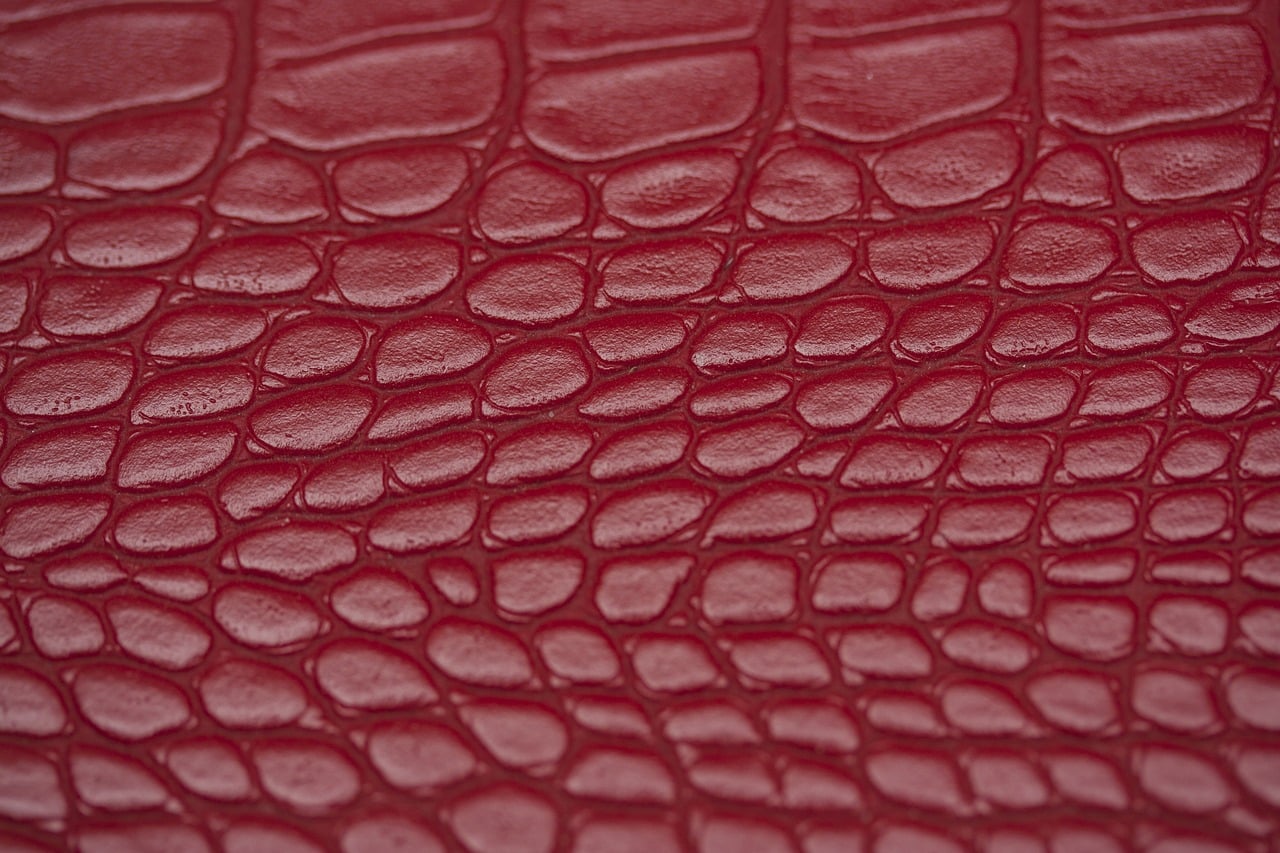Robots take on all forms these days, and now, there’s a robot that takes cues from snake skin. Researchers from the Harvard John A. Paulson School of Engineering and Applied Sciences (SEAS) have built a soft robot that crawls like a snake and is made entirely with soft components. The researchers also utilized principles from the Japanese art form kirigami to make their soft robot able to slide along the ground.
Kirigami is an ancient art form that involves cutting paper in very specific ways to achieve a desired effect. The SEAS team applied the principles of kirigami to locomotion to enable their robot to move. The robotic creature is covered in soft scales resembling snake skin, and as it stretches, its flat surface becomes a textured one capable of gripping the ground in a manner similar to how snake skin enables the creatures to crawl on the ground. The SEAS team explained that their use of principles from kirigami in soft robots offers an easier, faster, and less expensive way to enable them to move.
To build their robot, the researchers started from scratch with a basic sheet of plastic. They then used a laser cutter to turn the flat sheet of plastic into a textured surface with tiny cuts. They tried out a variety of different sizes and shapes on their way to achieving the desired result. After the tiny cuts are made on the piece of plastic sheeting, they then wrapped it around a tube-shaped elastomer actuator, which uses air to expand and contract. Of all the shapes they tried, the researchers found that the trapezoid-shaped cuts were the most effective because they gave the robot the greatest stride. The scales found on snake skin also have a trapezoid shape.
When switched on, the robot is able to crawl forward by expanding and contracting, and the tiny cuts on its skin pop out and then grip the ground to propel it forward each time the actuator expands. Then when the actuator contracts, the tiny kirigami cuts collapse, making the surface of the skin smooth and flat. A continual cycle of this expansion and contraction moves the robot forward in a manner that’s very similar to how snake skin propels the crawling creature.
The SEAS researchers believe that their design could be the first of a “new class of soft crawlers.” They believe that the robot design could eventually be used to traverse difficult terrain for various purposes, such as exploration of new places or inspections conducted in areas ravaged by disaster. The researchers also see the potential for search and rescue missions to be carried out using this design and even believe it could be used to perform some medical procedures laparoscopically.
The team published their research in the journal Science Robotics.





